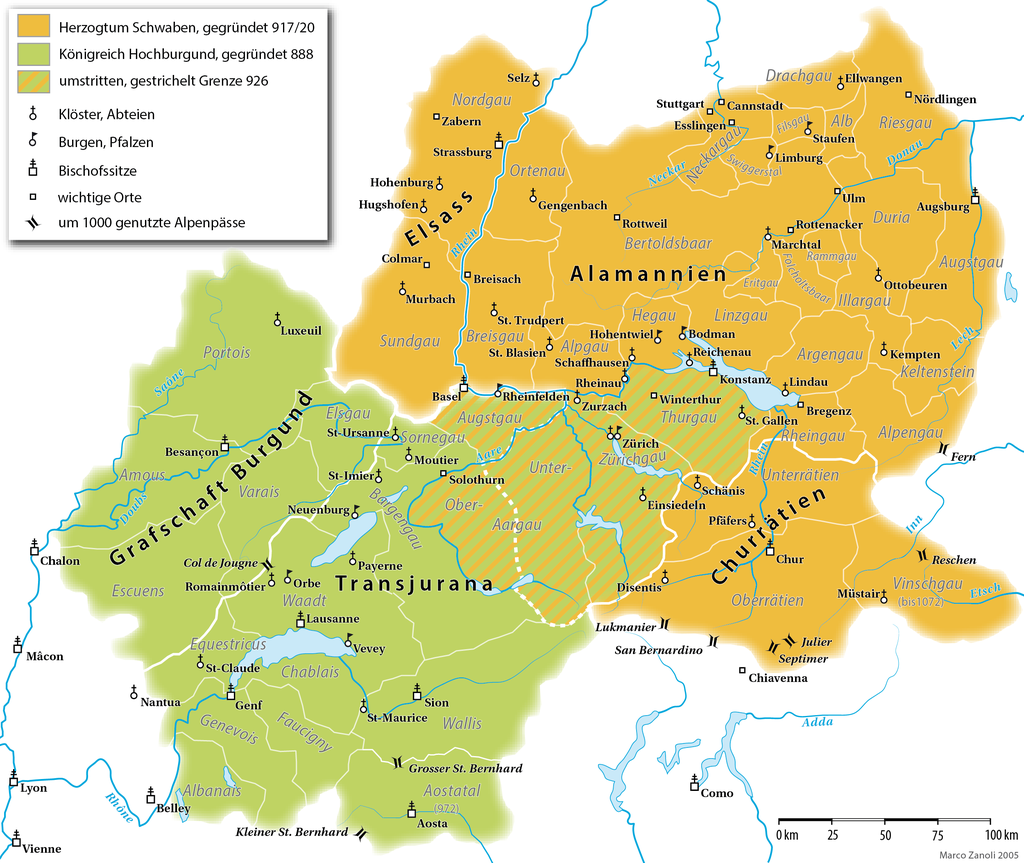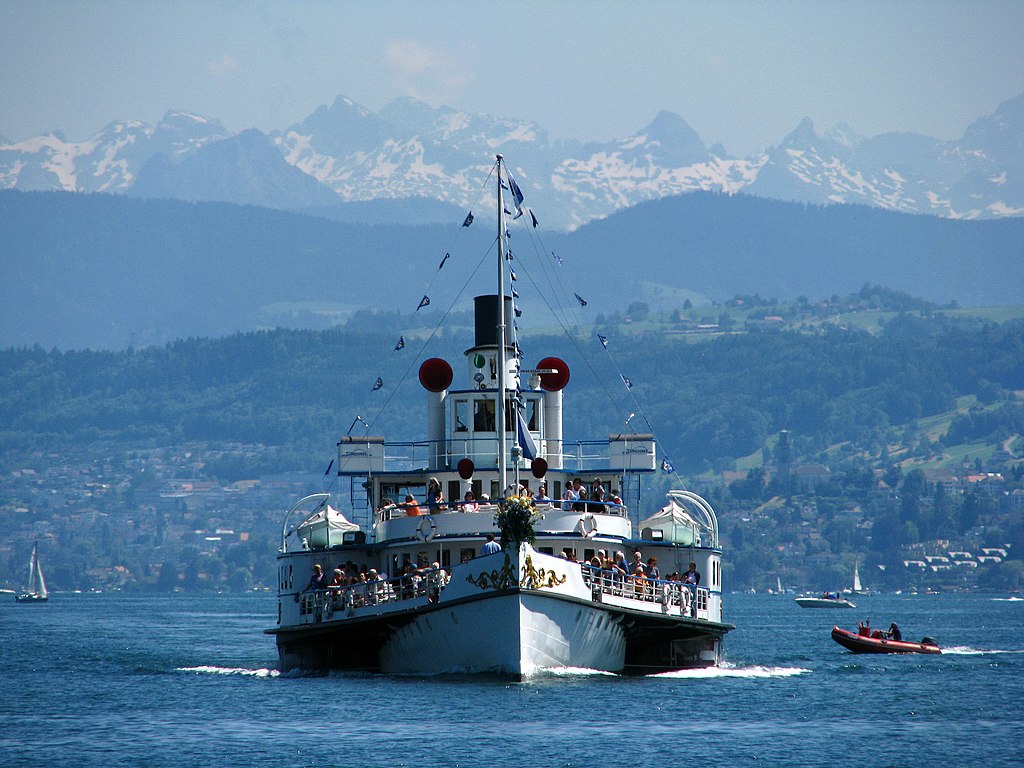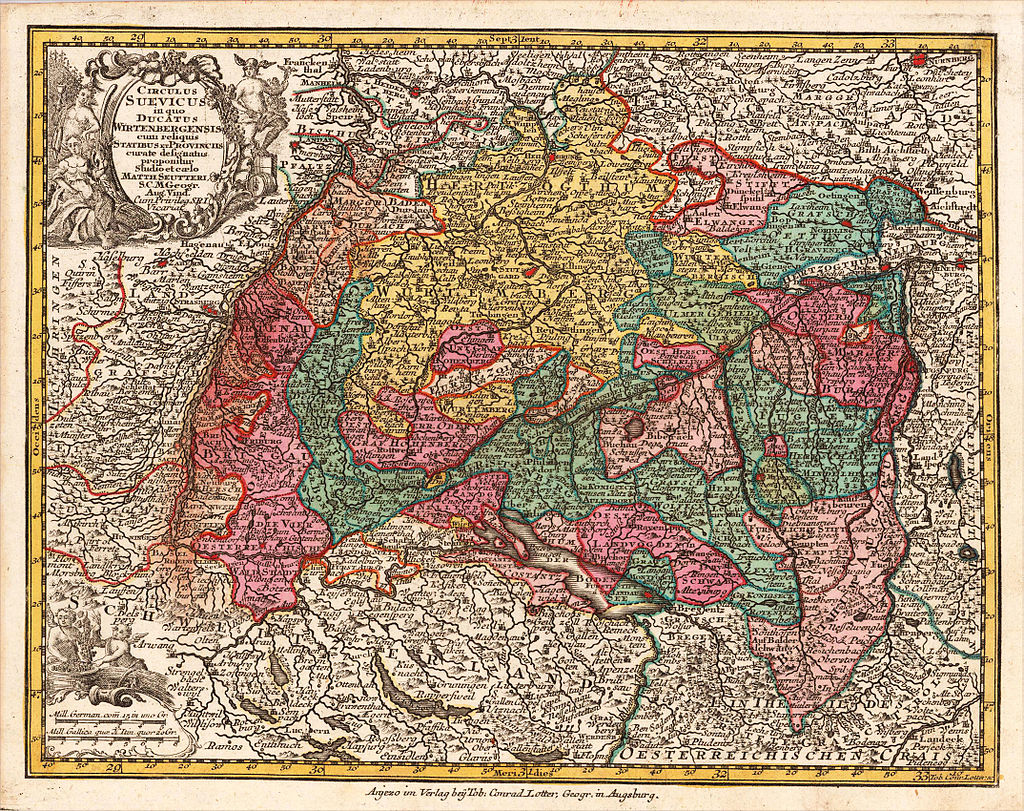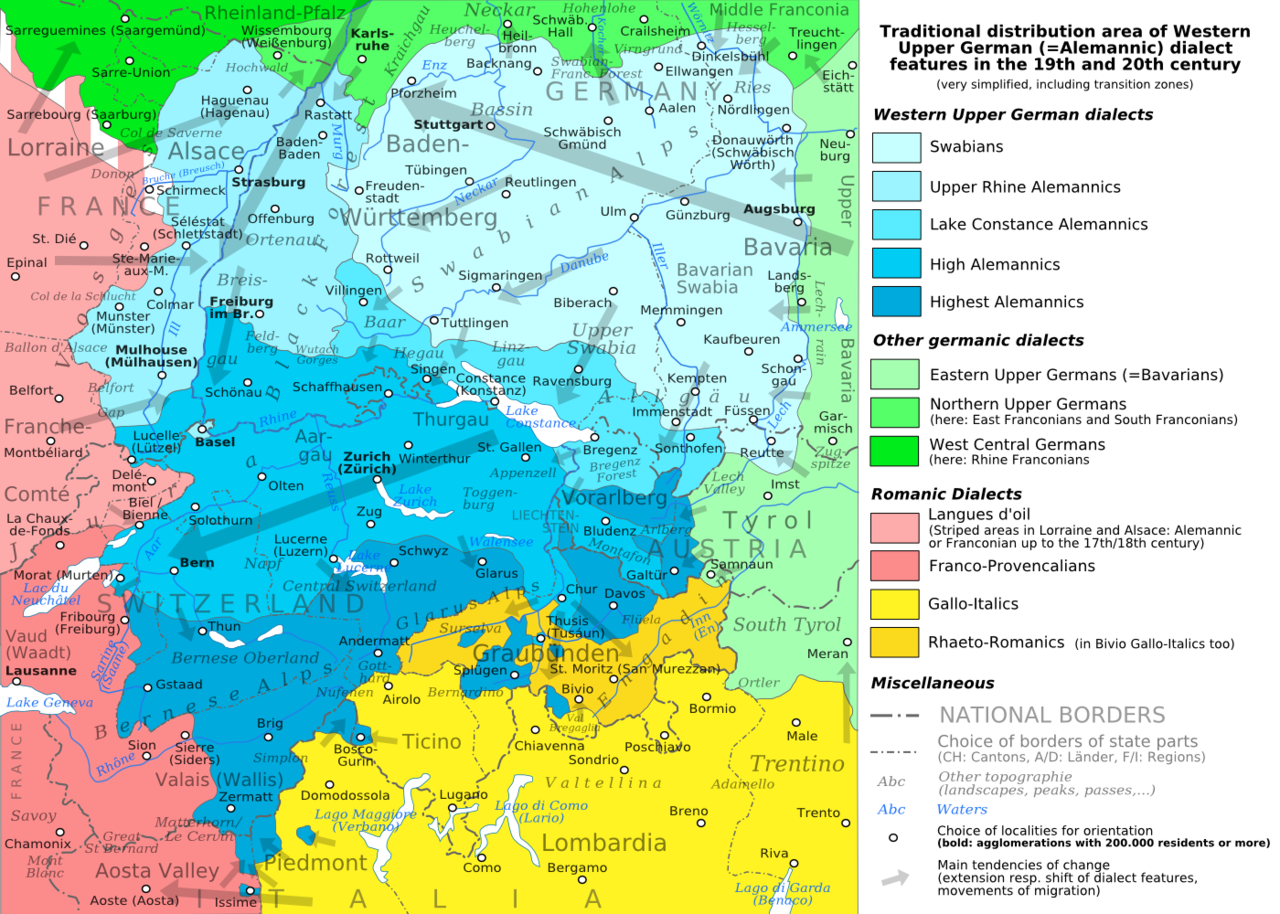
AsianOverland.net
Tour Guide - Itinerary
Asian Overland Sydney to London
Started 22/06/2022 Finished 21/06/2023365 Days ITINERARY
Day 268 date 16/03/2023DIJON, FRANCE to ZURICH, SWITZERLAND
ASIANOVERLAND.NET LONDON TO SYDNEY DAY 268: DIJON, FRANCE TO ZURICH, SWITZERLAND
My first trip to Zurich, Arlberg, Austria and Swabia was in 1970/1971 when I studied at Tuttlingen High School with my German family, the Cremers. Swabians are closely related to other speakers of Alemannic German (Badeners, Alsatians, and German-speaking Swiss).
Swabian German is traditionally spoken in the upper Neckar basin, along the upper Danube between Tuttlingen and Donauwörth, and on the left bank of the Lech, around the Swabian Alps from Stuttgart to Augsburg.
Zürich was founded by the Romans, who called it Turicum. After Emperor Constantine's reforms in AD 318, the border between Gaul and Italy was located east of Turicum, where a castle and garrison guarded Turicum.
By the mid-3rd century, groups of the Suebi, the core element of a new tribal alliance known as the Alamanni, formed a new area of settlement which came to be known as Suebia. In the migration period, the Suebi (Alamanni) crossed the Rhine in 406 and also travelled east to establish the Kingdom of the Suebi in Galicia.
The Alemanni were ruled by independent kings in the 4th to 5th centuries but fell under Frankish domination in 496. By the late 5th century, the area settled by the Alemanni extended to Alsace and the Swiss Plateau, bordering the Bavarii to the east, the Franks to the north, the remnants of Roman Gaul to the west, and the Lombards and Goths to the south.
The Roman castle at Turicum/Zurich remained standing until the 7th century. A Carolingian castle, built on the site of the Roman castle by the grandson of Charlemagne, Louis the German, was built in 835. Louis also endowed the Benedictine convent with the lands of Zürich, Uri, and the Albis forest, and granted the convent immunity, placing it under his direct authority.
Swabia was one of the original stem duchies of East Francia, the later Holy Roman Empire, as it developed in the 9th and 10th centuries. In the later Carolingian period, Swabia became once again de facto independent, in the 10th century. By the 12th century, Suebia rather than Alamannia was used consistently for the territory of the Duchy of Swabia.
The Hohenstaufen dynasty, which ruled the Holy Roman Empire in the 12th and 13th centuries, arose out of Swabia.
Rudolf I of Habsburg, elected in 1273 as emperor, confiscated the former estates of the Hohenstaufen as imperial property of the Holy Roman Empire, and declared most of the cities formerly belonging to Hohenstaufen, including Zurich, to be Free Imperial Cities.
The rural regions were merged into the Imperial Shrievalty of Swabia, which was given as Imperial Pawn to Duke Leopold III of Austria in 1379 and again to Sigismund, Archduke of Austria in 1473/1486, who took the title of a "Prince of Swabia" and integrated the Shrievalty of Swabia into the realm of Further Austria.
In 1519, Zürich became a primary centre of the Protestant Reformation in Europe.
During the 16th and 17th centuries, the Council of Zürich adopted an isolationist attitude as the Thirty Years' War raged across Europe, resulting in a second ring of imposing fortifications built in 1624. The fortifications required a lot of resources, which were taken from subject territories without reaching any agreement, leading to revolts which were brutally crushed.
In 1648, Zürich proclaimed itself a republic, shedding its former status of a free imperial city, and forming an oligarchy (Patriziat) as its political system.
© This work is copyright. Apart from any use permitted under the Copyright Act 1968, no part may be reproduced by any process, nor may any other exclusive right be exercised, without the permission of Peter Searle, peter@portseavillageresort.com; 1980-2024.
Website built by Justin O’Dea www.webdeveloperdocklands.com.au






